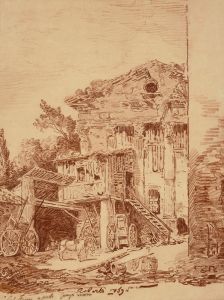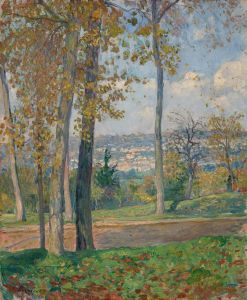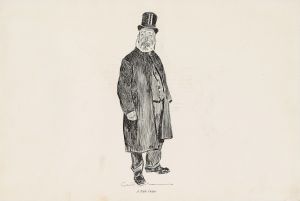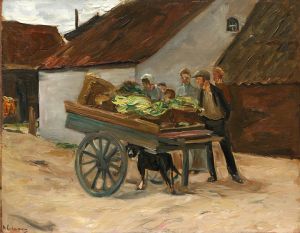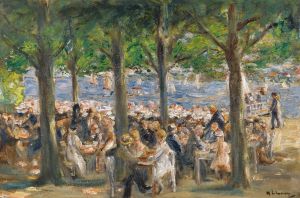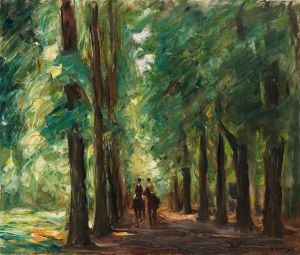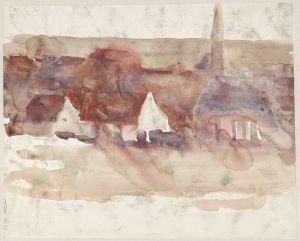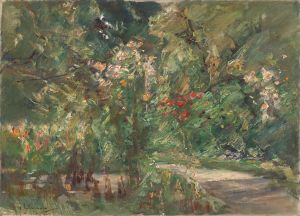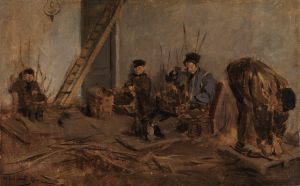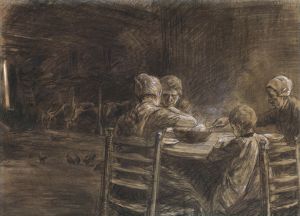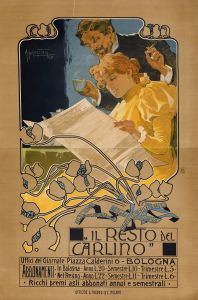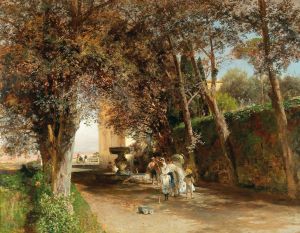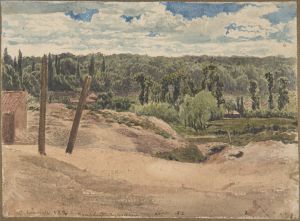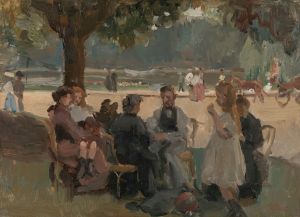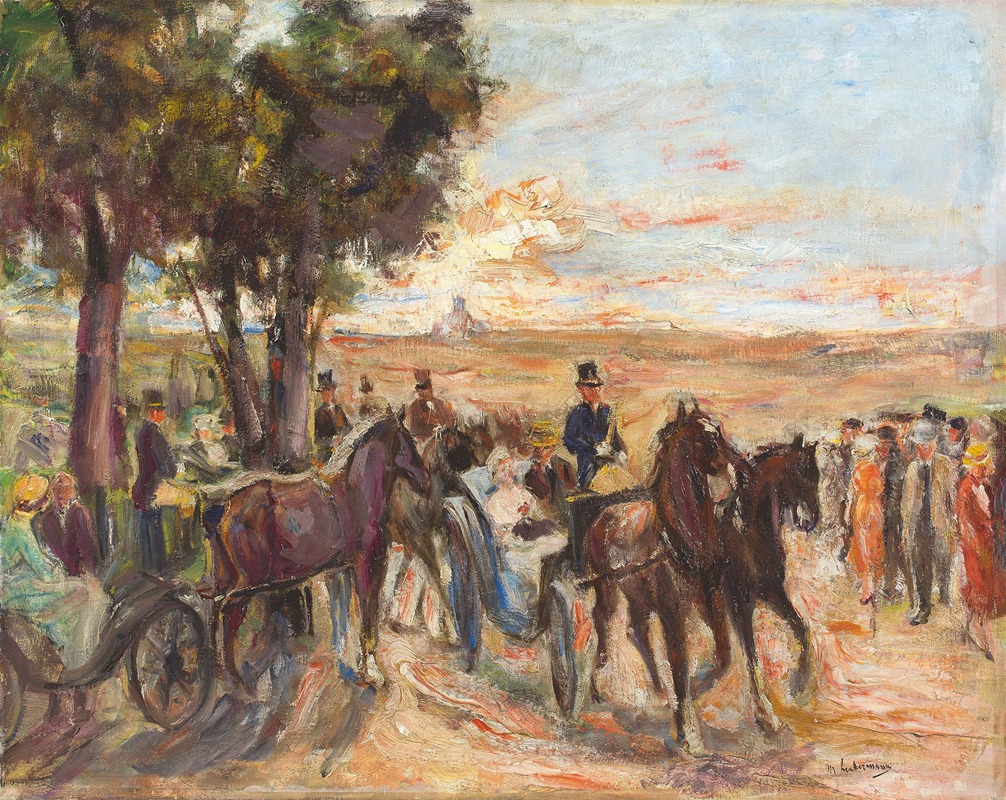
Corso auf dem Monte Pincio in Rom
A hand-painted replica of Max Liebermann’s masterpiece Corso auf dem Monte Pincio in Rom, meticulously crafted by professional artists to capture the true essence of the original. Each piece is created with museum-quality canvas and rare mineral pigments, carefully painted by experienced artists with delicate brushstrokes and rich, layered colors to perfectly recreate the texture of the original artwork. Unlike machine-printed reproductions, this hand-painted version brings the painting to life, infused with the artist’s emotions and skill in every stroke. Whether for personal collection or home decoration, it instantly elevates the artistic atmosphere of any space.
Max Liebermann was a prominent German painter and printmaker, associated with the Impressionist movement. His painting "Corso auf dem Monte Pincio in Rom" is one of his notable works, capturing the vibrant life and atmosphere of Rome in the late 19th century. This painting reflects Liebermann's keen interest in depicting everyday life and his ability to convey the essence of a scene through his Impressionist style.
"Corso auf dem Monte Pincio in Rom" translates to "Promenade on the Pincio Hill in Rome." The Pincio Hill is a famous location in Rome, known for its beautiful gardens and panoramic views of the city. It has been a popular spot for both locals and tourists to enjoy leisurely walks and social gatherings. Liebermann's choice of this location reflects his interest in capturing the social dynamics and leisurely activities of people in urban settings.
The painting is characterized by its loose brushwork and vibrant color palette, typical of Impressionist techniques. Liebermann skillfully uses light and shadow to create a sense of depth and movement, drawing the viewer into the scene. The composition likely includes figures strolling along the promenade, engaged in conversation or simply enjoying the surroundings. This focus on capturing the fleeting moments of everyday life is a hallmark of Impressionist art.
Liebermann's work often explored themes of modernity and the changing social landscape of his time. By choosing to depict a scene from Rome, he not only highlights the city's cultural significance but also its role as a hub of social interaction and leisure. This painting is a testament to Liebermann's ability to blend his German roots with his experiences abroad, creating works that resonate with a universal audience.
Throughout his career, Liebermann was influenced by various artistic movements and figures. His time in Paris exposed him to the works of French Impressionists, which significantly impacted his style. However, he maintained a unique approach that combined Impressionist techniques with his own observations and experiences. "Corso auf dem Monte Pincio in Rom" exemplifies this blend, showcasing his ability to capture the essence of a place while infusing it with his distinct artistic vision.
Liebermann's contributions to art extend beyond his paintings. He was a leading figure in the Berlin Secession, an art movement that sought to challenge the conservative art establishment in Germany. His leadership and advocacy for modern art helped pave the way for future generations of artists. Despite facing criticism and challenges, particularly during the rise of the Nazi regime, Liebermann's legacy as a pioneer of modern art remains influential.
In summary, "Corso auf dem Monte Pincio in Rom" is a significant work by Max Liebermann that captures the lively atmosphere of Rome through the lens of Impressionism. It reflects his interest in everyday life, social interactions, and the beauty of urban landscapes. Liebermann's ability to convey the vibrancy of a scene through his brushwork and color choices makes this painting a noteworthy example of his artistic achievements.





